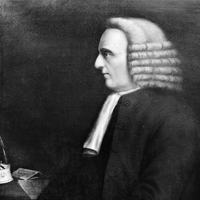William Cookworthy
William Cookworthy was an English Quaker minister, a successful pharmacist and an innovator in several fields of technology. He was the first person in Britain to discover how to make hard-paste porcelain, like that imported from China. He subsequently discovered china clay in Cornwall
ECookworthy was apprenticed at 14 to a London apothecary, who later set him up in a business, Bevans and Cookworthy, at Plymouth. He became interested in china manufacture about 1745, when he was visited by the American china maker Andrew Duché of Georgia. He discovered deposits of kaolin and China stone (forms of decomposed granite) near St. Austell, Cornwall (1756). It was sufficiently pure to make a Chinese-style pure white porcelain. He spent many years experimenting to perfect the product. Also, for John Smeaton’s new Eddystone lighthouse, he formulated a hydraulic cement that both set quickly and hard enough to withstand erosion from the sea waves. He patented his porcelain process in 1768, and ran a factory for ten years, though unprofitably, before selling out to another manufacturer. China clay is an important industrial product used today in coated paper, toothpaste, paint, rubber, plastics, pharmaceuticals and agricultural products.

William Cookworthy
Date of Birth: 12 Apr 1705
Birth Place: Kingsbridge, United Kingdom
Proffession: English Quaker minister
Nationality: United Kingdom
Death: 17 October 1780, Plymouth, United Kingdom


